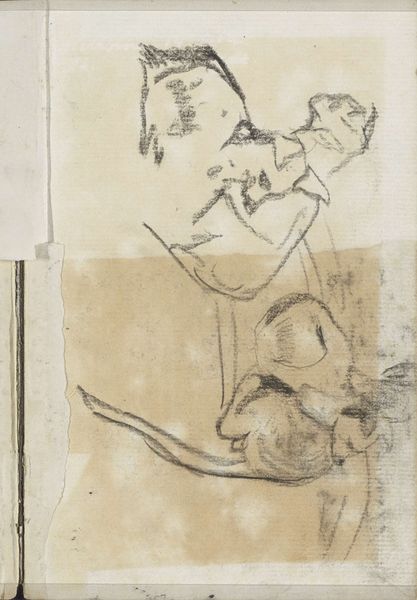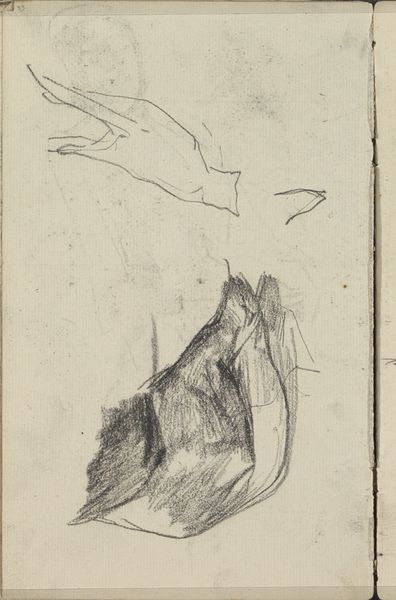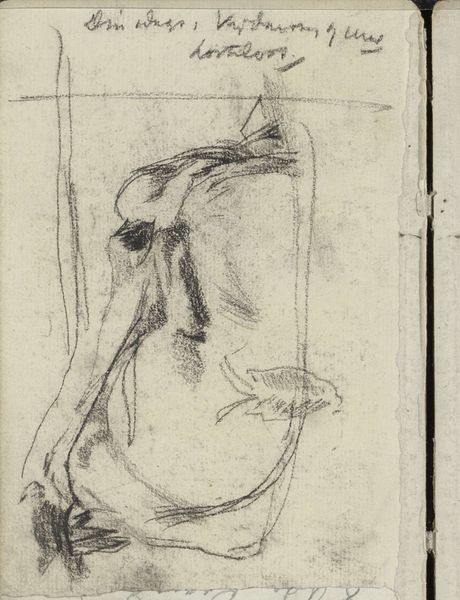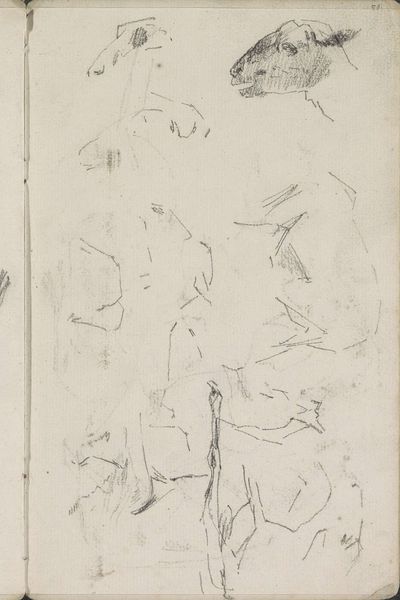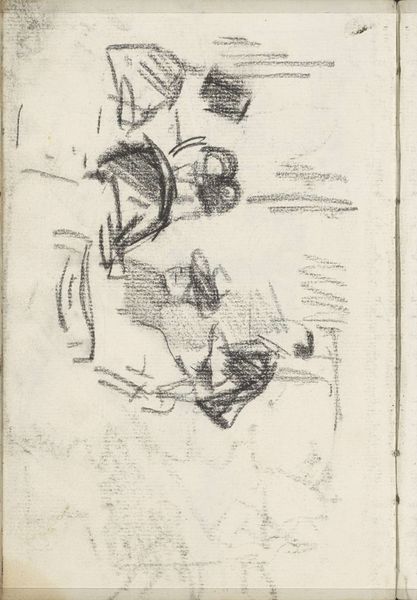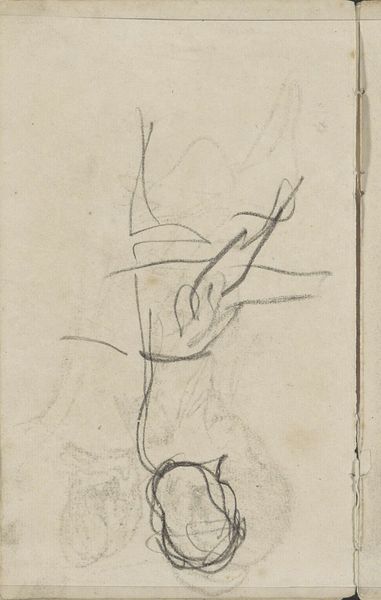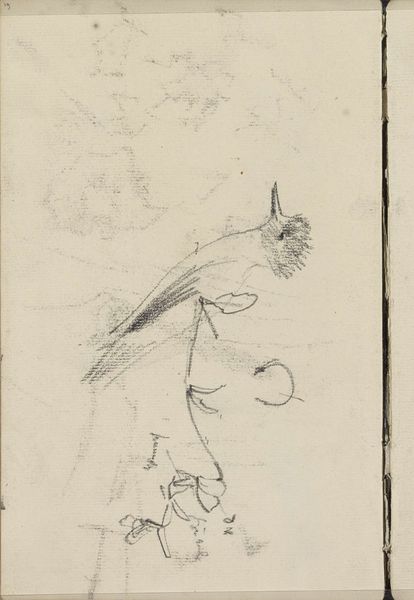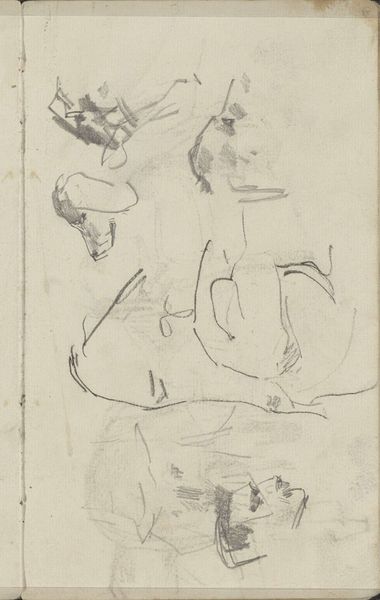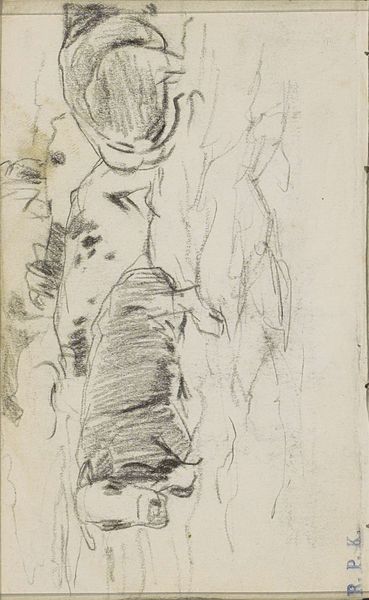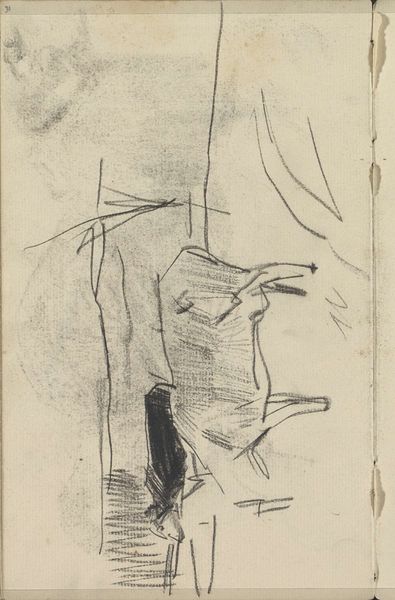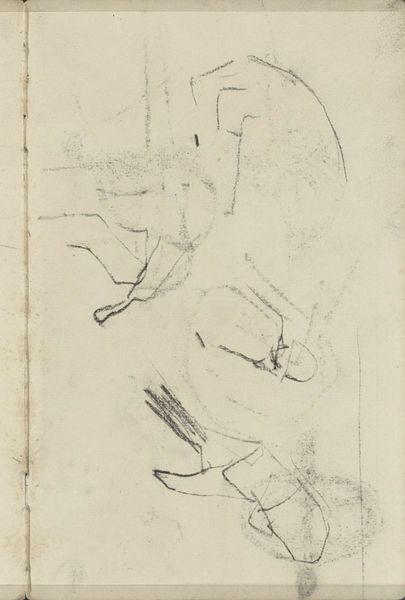
drawing, pencil
#
portrait
#
drawing
#
dutch-golden-age
#
impressionism
#
pencil sketch
#
pencil
#
realism
Copyright: Rijks Museum: Open Domain
Editor: Here we have George Hendrik Breitner’s "Head of a Black Man," a pencil drawing dating back to the 1880s. There's an arresting vulnerability in those quickly sketched lines, but I also can’t shake the feeling of it being… reductive. What do you see in this piece? Curator: I see a work fraught with the complexities of its time. Breitner, known for his Realist depictions of Amsterdam, was part of a society grappling with its colonial past. Consider the power dynamics at play: a white Dutch artist sketching a Black man. How might the subject have perceived this encounter, within a society that inherently devalued him? Editor: That's a perspective I hadn’t fully considered. It's easy to get caught up in the artistic technique without thinking about the social implications. Curator: Exactly. And the “sketchiness” itself could be interpreted in various ways. Is it an attempt at capturing a fleeting moment, or does it reflect a certain carelessness, perhaps a lack of engagement with the subject's full humanity? Does this looseness and speed indicate it’s part of a larger series, perhaps an ethnographical study rooted in now-debunked scientific racism? How might that affect how we perceive this individual? Editor: So, while the artwork might be admired for its artistic skill, we can't ignore the problematic context in which it was created. Curator: Precisely. It's a reminder that art doesn't exist in a vacuum. We must always consider the social, historical, and political forces that shaped its creation and reception. Only then can we truly begin to understand its meaning and impact. Editor: It makes me realize how much more I need to consider the broader narratives behind artworks. Curator: And it encourages us to keep asking difficult questions.
Comments
No comments
Be the first to comment and join the conversation on the ultimate creative platform.

